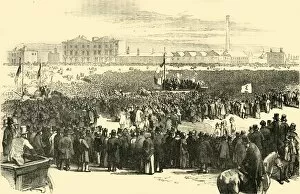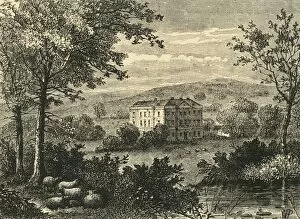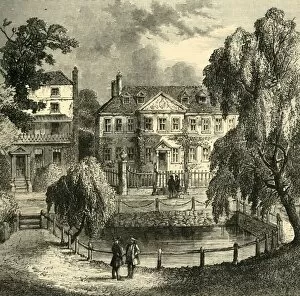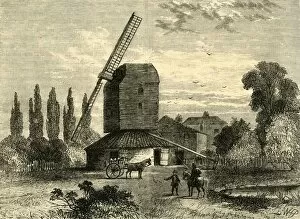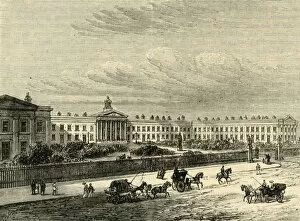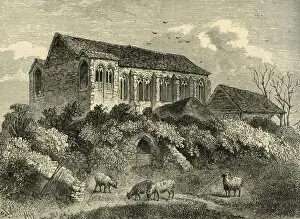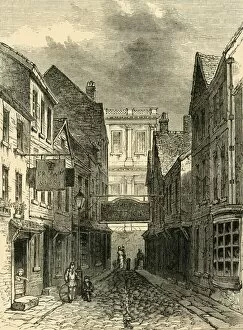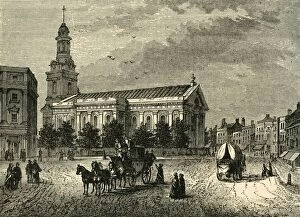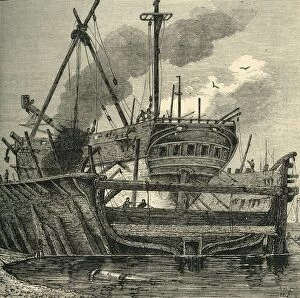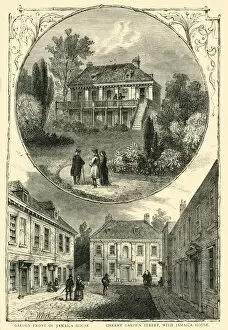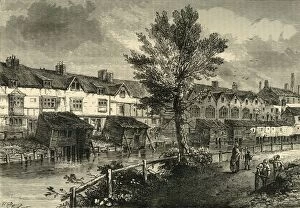Galpin Co Collection (page 3)
"Exploring the Timeless Charm of Galpin Co
All Professionally Made to Order for Quick Shipping
"Exploring the Timeless Charm of Galpin Co: A Journey through Forgotten London Landscapes" Step into a bygone era with Galpin Co as we delve into the captivating history of Folly Ditch and Jacobs Island, captured in an enigmatic photograph from 1878. The unknown creator transports us to Kennington's Horns Tavern in 1820, where echoes of lively conversations and clinking glasses still resonate. The Great Hall at Dulwich College, frozen in time by an anonymous artist circa 1878, reveals the grandeur and intellectual pursuits that once graced its halls. Meanwhile, a glimpse into Kennington's past from 1780 showcases its transformation over centuries - a testament to the ever-changing nature of our beloved city. An intriguing snapshot takes us back to Long Acre's yesteryears, immersing us in an old coachmaker's shop bustling with artisans crafting exquisite carriages. Nearby Russell Street unveils Mr. Davies' quaint shopfront from 1881 - a reminder of London's vibrant commercial landscape during that era. Turner’s House on Maiden Lane beckons with its timeless beauty captured by an unknown photographer in 1881. Its architectural splendor stands tall amidst changing times. Dr. Busby himself materializes before our eyes through another mysterious image from the same year - his legacy as headmaster forever etched within these walls. Strolling along St Martins Lane circa 1820 evokes images of bustling theaters and fashionable promenades; it is here that history intertwines seamlessly with modernity. Witnessing a sedan chair suspended between eras reminds us how transportation has evolved since this photograph was taken in 1881. Finally, gazing upon Charing Cross Bridge from The Embankment offers breathtaking views frozen by an unknown creator also in 1881 – capturing both tranquility and dynamism against the backdrop of London’s iconic river.

